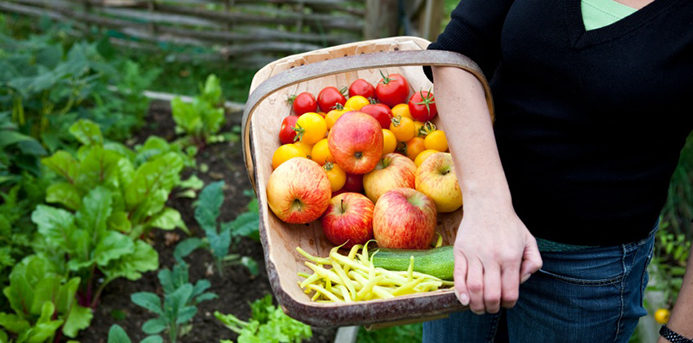In January, all gardens are perfect: blight-free tomatoes, glossy eggplants and weed-free plots. It’s time to dream and plan with the gardener’s favorite fantasy: the seed catalog.
My daughter and I did a preliminary list of “must haves” that included 12 varieties of tomatoes, 8 peppers, heirloom watermelons and rare Italian squash. Never mind that our garden is a 10 x 20 community plot.
Tim Pollak, outdoor floraculturist for the Chicago Botanic Garden, faces a similar dilemma, but on a much larger scale. He places the orders for the horticulturists who oversee 23 different gardens at CBG.
He agrees that the first few pages of a catalog, which feature the exclusives and new breeds are exciting, but he cautions, “you need to think about how it will fit in a Chicago season.”
Beyond that, he counsels, think about what you need (hmmm, not just want). As in, I may want to grow 12 kinds of tomatoes, but if I do that, I won’t have room for pole beans or zucchini.
Bud Weber is an avid home gardener in Wheeling who was happy to pass along his green thumb tips. He says that when perusing the catalogs you should think about what will grow on the land you’ve got. Sadly, if you’re surrounded by mature trees, the sunflowers aren’t a good choice.
So how to keep from overbuying because every sugar snap pea sounds more delicious than the one before? Here are some more tips from these experienced gardeners:
- First make a plan. Do you need seeds or plants? How many are realistic to grow in the space you have.
- Will the plant grow well in Chicago? Cross out the heirloom watermelon found in Southern Alabama. It’s not going to make it in our shorter growing season. Here’s a database from the CBG of plants recommended for Illinois.
- Is it disease resistant? Last summer powdery mildew was a problem, and the year before, it was tomato blight. Sometimes disease resistant means a hybrid, but it also might mean a tough-as-nails heirloom.
- Start small. Pick out 2 or 3 things you want to try and see how it goes.
Weber’s final bit of wisdom? “You’re not a real gardener until you kill something.” So don’t be afraid to experiment a little. Maybe Alabama Red Okra will whither and die by July, but it’s only a $3 packet of seeds, so we’ll give it a try in hopes of gumbo by August.

